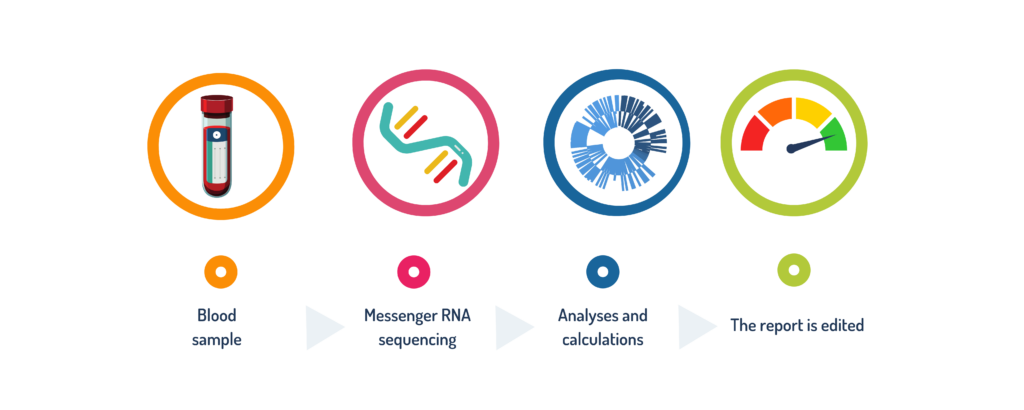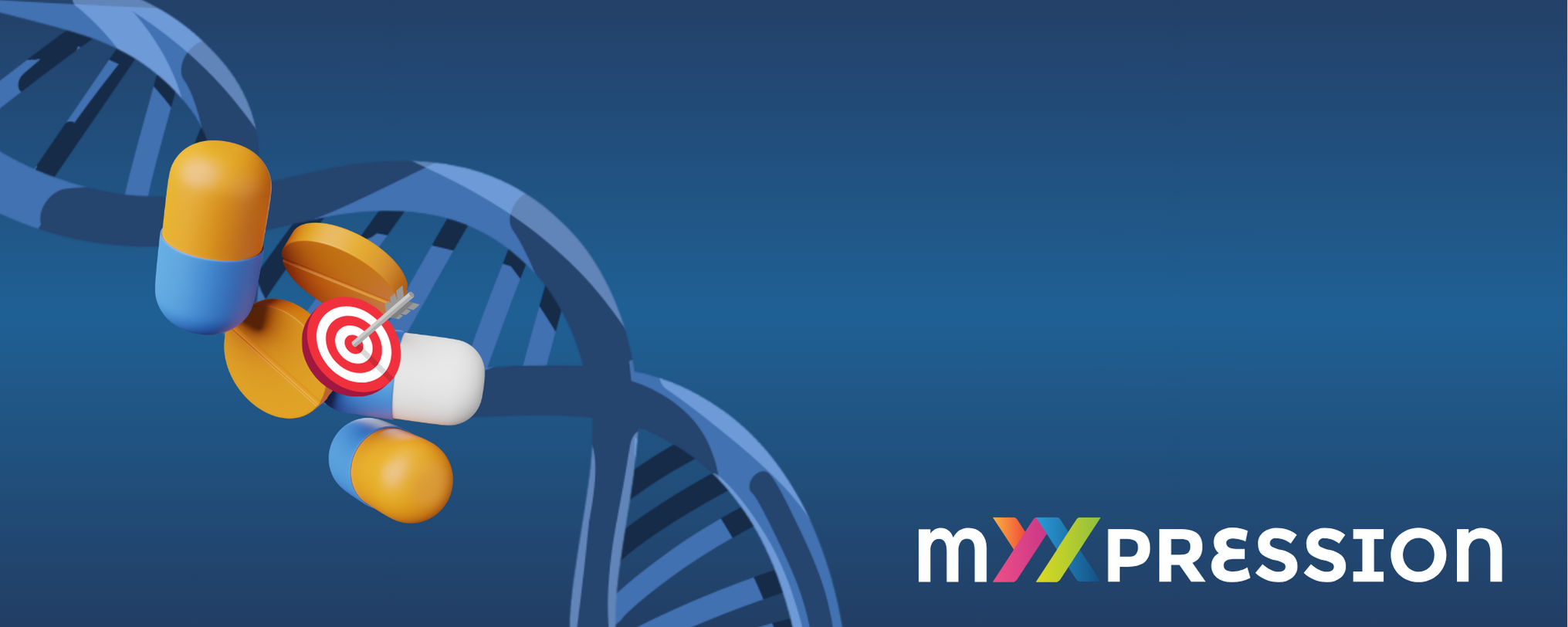Biotherapies: A Revolution in Rheumatoid Arthritis Treatment
Biotherapies represent a new generation of medications based on the use of molecules derived from living organisms or elements taken from living organisms. These treatments have the unique ability to act precisely on the mechanism of inflammation, which is responsible for the symptoms of rheumatoid arthritis.
Families of Biotherapies
Anti-TNF Alpha
Appearing in the 2000s, anti-TNF alpha was the first class of biotherapies. Other classes have since emerged.
Anti-TNF Alpha Biotherapies
Anti-TNF alpha biotherapies inhibit the action of TNF alpha, a protein produced at an abnormally high rate in patients with rheumatoid arthritis, which triggers inflammatory processes specific to the disease. The treatment neutralizes the action of TNF alpha to limit the intensity and spread of the inflammatory reaction during rheumatic flares.
Currently, there are five anti-TNF alpha biotherapies available:
- Etanercept (ENBREL®)
- Infliximab (REMICADE®)
- Adalimumab (HUMIRA®)
- Golimumab (SIMPONI®)
- Certolizumab pegol (CIMZIA®)
Anti-IL (Anti-Interleukins)
Interleukins are cytokines that enable cells to communicate with each other. There are various interleukins with diverse roles. Interleukin-1 and interleukin-6 are cytokines produced abundantly by the immune system of a patient with rheumatoid arthritis, causing inflammation. Two molecules are available to control their actions:
- Tocilizumab (ROACTEMRA®) blocks the activity of interleukin-6.
- Anakinra (KINERET®) inhibits the action of interleukin-1.
Anti-Lymphocyte Biotherapies (B and T)
Anti-lymphocyte biotherapies are antibodies that target immune cells, specifically B or T lymphocytes, to stop or reduce their activities responsible for inflammatory mechanisms. There are two biological treatments that act as inhibitors of these lymphocytes:
- Rituximab (MABTHERA®) destroys certain B lymphocytes.
- Abatacept (Orencia®) blocks the activity of T lymphocytes by preventing contact between these cells and others present in the immune system.
Why Target Biotherapy Suited to One’s Biological Profile?
Biotherapies are highly effective and have the power to alleviate the symptomatic pain of rheumatoid arthritis patients, offering hope for long-term remission. However, they can be toxic if not suited to the patient, and they may further weaken an already chaotic immune system.
Some patients “test” several treatments before finding the one that proves effective. In the meantime, they endure the side effects of unsuitable treatments, and their disease continues to progress.
The therapeutic orientation assistance test RITI® developed by mYXpression addresses this issue. By establishing an effectiveness score for each biotherapy for a patient, the physician can direct the prescription towards the treatment(s) identified as most suitable. This allows for selecting the most beneficial option. Rapid access to the appropriate treatment leads to better management of symptoms, reduced pain, and minimized joint damage.
How is the effectiveness score established for each biotherapy?
The patient takes a blood sample from a laboratory. The genomic platform then carries out mRNA sequencing of the patient’s sample in order to establish its transcriptomic signature. This signature is then compared with the enormous database containing all the elements of immune dysregulation specific to rheumatoid arthritis, and enriched with information linked to biotherapies.
The dedicated algorithm carries out billions of calculations and determines, biotherapy by biotherapy, the effectiveness score for the patient.

The benefits of this technological progress
Targeting biotherapy adapted to the biological profile of a patient suffering from polyarthritis has many advantages:
- Support the rheumatologist and his patient in making therapeutic decisions and support them in their choice
- Avoid therapeutic wandering and quickly relieve the patient
- Offering new perspectives on healing
- Increase the chances of a patient achieving lasting remission (DAS28<2.6)
- Optimize the medico-economic aspect and control costs
